By Blaine Taylor
It was 11:45 am, on December 9, 1945, and former U.S. Third Army Commanding General George Smith Patton, Jr., and fellow officer General Hobart “Hap” Gay were off to hunt Hungarian pheasants in recently conquered Nazi Germany.
The two men were talking in the back seat of a 1938 model 75 Cadillac sedan, which Patton had used as a staff car since the previous May, when the war in Europe had ended. At the wheel was his new chauffeur, 19-year-old Pfc. Horace L. “Woody” Woodring of Kentucky.
Woodring had become the general’s driver after Patton’s regular driver of many years, M. Sgt. John L. Mims, had left the service on May 20 to return home. Patton’s personal note to Mims stated, “You have been the driver of my official car since 1940. During that time, you have safely driven me in many parts of the world under all conditions of dust and snow and ice and mud, of enemy fire and attack by enemy aircraft. At no time during these years of danger and difficulty have you so much as bumped a fender!”
Mims’ replacement, however, was a speed demon who regularly liked to drive 70 mph. Patton took to him immediately, as both loved to dare the odds. This was an ominous sign for a man like the flamboyant general, who had been notoriously accident-prone all his life.
As one of his biographers, Ladislas Farago, wrote in Patton: Ordeal and Triumph, “He had broken his nose, his ankles, both legs, several ribs—too numerous to list them all! He had wounds galore—a head wound, injury to his left eyebrow, a gash over his right eye, lacerated lips again and again. He had fallen on his head twice, and had been kicked in the head by horses. Most of his injuries were brought on by horseback riding and in football, except the one extra-special wound, a remnant of World War I, whose prominent scar was enshrined—so to speak—in a crease on his right buttock. Patton made the most of this. ‘It may be symbolic for something or another that the only permanent memento of my historic service in the First World War is this … scar on my ass!’”
Some historians, as well as Patton’s fellow U.S. Army generals, felt that he may have suffered actual brain damage due to these many injuries, particularly those to his skull. This led the Army Signal Corps to bug his personal telephone after the war as well as having a psychiatrist assigned to evaluate Patton for feared insanity.
His personality had seemed to change after the departure of Sergeant Mims with his clean, accident-free driving record. Even before the arrival of Woodring, who had been demoted three times, Patton had seemed to be daring death on the road that fall of 1945.
Patton had already been involved in two close shaves in car accidents with other drivers selected from the local Army motor pool, and in one of these he was almost killed when a pole from an oxcart hit him in the head.
In his published postwar memoirs, War As I Knew It, Patton recalled this incident. “We were very nearly killed by a bull-cart, which came out of a side street so that the pole missed us by about an inch. The American soldier is absolutely incapable of enforcing the rule that civilians stay off the roads during active operations. His goodness of heart is a credit to him, but I am sure it has cost us many casualties. In war, time is vital, and bull-carts cause waste of time and therefore death.
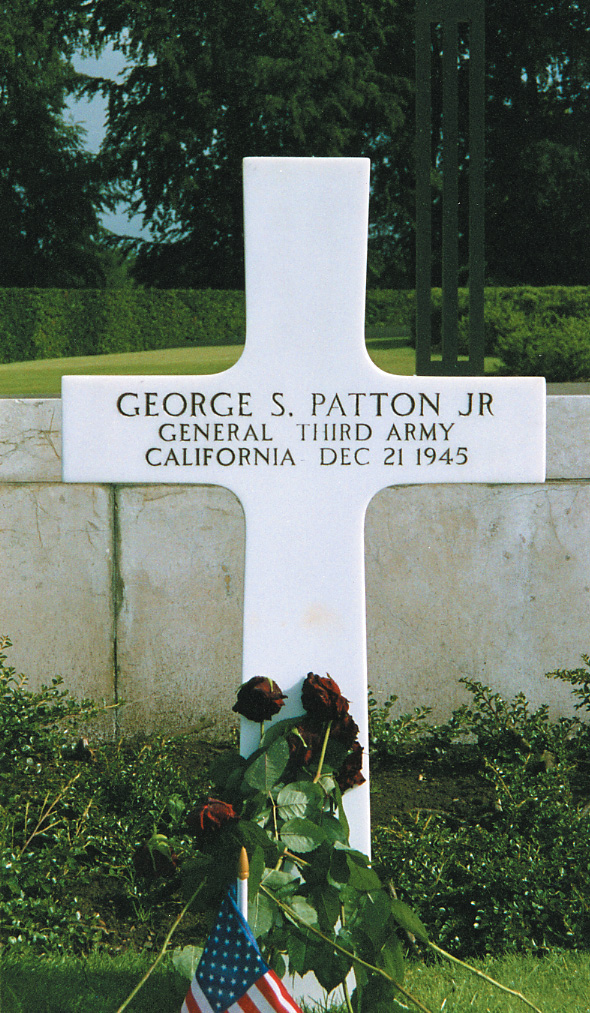
“If I were to fight another war, I would make it an inflexible rule that no civilian vehicle—horse, cow or motor drawn—appear on any axial road, and I would enforce this by shooting the animals and destroying the vehicles. I did this in Sicily and was criticized by an ignorant press, who considered it very brutal to kick a few donkeys off bridges, and ignored the fact that by doing so we took Palermo in one day and at very low cost. Again, during the Saar battle, through the cooperation of the local authorities, we kept all the axial roads, including those in the city of Nancy, cleared for our use.”
Woodring, egged on by Patton himself, drove at 70 mph past military police and bystanders alike, racing past checkpoints and railroad crossings. Patton would boyishly joke, “Woodring is the fastest and the mostest!” The situation, however, was courting disaster and it soon arrived.
On December 9, the sedan was stopped at a railroad crossing outside Mannheim, in the oddly named “Valley of the Bug,” waiting for a train to pass.
Behind the limousine of “Old Blood and Guts” was an Army GMC Signal Corps truck with a trio of GIs hung over from a Saturday night of drinking. They were out for a joy ride this Sunday in a spare vehicle from the motor pool.
Ahead of both the truck and Patton’s car, an MP jeep containing two officers crossed the tracks as the gate was lifted. As Patton’s car went over, MP Lieutenant Peter K. Babalas heard a muffled crash behind him and turned to see the big, shiny staff car entangled with the truck in a cloud of dust.
The two MPs went back to investigate and concluded that the truck had crashed into the car by a sudden sharp turn to the left as the Cadillac was moving up. Woodring confirmed this by stating, “The driver (T/5 Robert L. Thompson of Chicago) made no hand signal. He just turned into my car.” Neither vehicle was moving at more than 20 mph.
“The accident appeared to be trivial. The radiator of the Cadillac was smashed,” wrote Farago in his final book, The Last Days of Patton, “but not a single window of the big car was broken. The right front fender of the sedan and the motor were pushed back, but no other part of the body had so much as a scratch. And though three persons were riding in the car, only one appeared to be hurt.” That was General Patton himself.
Patton said, “My neck hurts, lieutenant. I’m having trouble breathing, Hap, work my fingers for me.” General Gay did so, but Patton kept repeating, “Go ahead, Hap—work my fingers!” Having cut his head on the car’s steel frame at the moment of impact, Patton’s face was covered with blood.
An ambulance was sent for and the first doctor to examine the stricken general, Captain Ned Snyder, told Lieutenant Babalas, “He broke his neck. He needs the very best we’ve got.”
This was a true statement, as fully 12 percent of all injuries to U.S. service personnel during World War II had resulted from trauma to the spinal cord. Patton, was now part of that statistic. He was totally paralyzed from the neck down, which he realized on the 20-minute drive to the hospital.
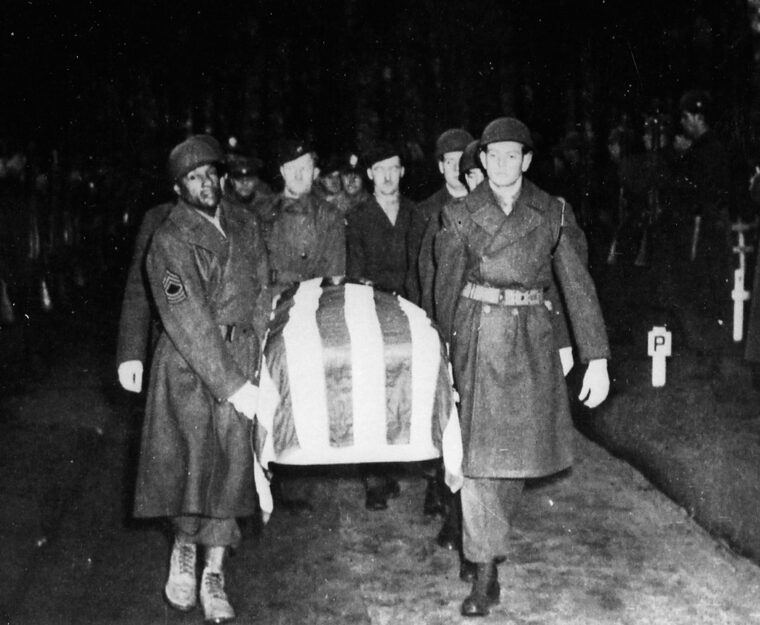
This was the beginning of the sad, tragic, and slow denouement of one of the most famous commanders of World War II. He had begun his career as a second lieutenant graduate of the U.S. Military Academy at West Point in 1909. With the remnants of the cavalry of those days, he had served in Mexico in 1916 with General John J. Pershing as an aide and then in France the following year as commanding officer of the Headquarters of the American Expeditionary Force, again under General Pershing. He ended the war as a lieutenant colonel in command of the U.S. Army Tank Corps, which was disbanded in 1920.
Promoted to brigadier general on October 2, 1940, he joined the newly formed U.S. Armored Force, fighting in North Africa, Sicily, France, Belgium, Luxembourg, and Germany, commanding the 2nd Armored Division, and then the Seventh and Third Armies in turn. On April 14, 1945, Patton was promoted to four-star general and was looking forward to being transferred to the Pacific Theater to fight the Japanese when he was appointed military governor of Bavaria, a task for which he was found to be politically incorrect for the era. Relieved of his command by General Dwight D. Eisenhower, who had graduated six years after him from West Point, Patton was awaiting orders to return home to the United States when the fateful auto accident occurred.
On the following day, December 10, the Stars and Stripes newspaper reported the accident as a minor affair, and that General Patton was recovering normally. But in fact, he was doomed from the start medically as diagnosed by two doctors who discussed the case that night.
One doctor asked, “What do you think of General Patton’s chances to recover?”
“None,” replied the other.
“What chances does he have to live?”
“From very slight to none,” was the response.
It was to be an incongruous end for one of the most famous warriors in the history of warfare, a man whose decorations included the Distinguished Service Cross, the Distinguished Service Medal, the Silver Star, the Legion of Merit, the Bronze Star, and numerous other U.S. and foreign decorations. The man who had fought in two world wars and chased Mexican bandit Pancho Villa’s forces died in bed 11 days after the accident at age 60 with pneumonia, killed by a wayward blood clot that caused heart failure.
On the date of his untimely death, December 21, 1945, Patton prophetically asserted, “I am going to die—today.” At 5:45 pm, he did, “with sudden stopping of the heart.” He was buried in the U.S. War Cemetery at Hamm, Luxembourg, near the graves of the men who had fought under him in North Africa, Sicily, France, Belgium, Czechoslovakia, and Germany.
Because of the unlikely nature of his accident and demise, and because there was neither an autopsy nor inquest following it, the rumors of a “plot” to kill Patton began and have persisted through almost six decades. Possible plotters included the vanquished Nazis, the Russians who feared he might start a new world war against them (which he wanted to do, many believe), U.S. generals who agreed with the Communists on this point, and thieves out to steal captured German gold that Patton’s troops had discovered in the mineshafts of the high Bavarian Alps in the closing days of the war.
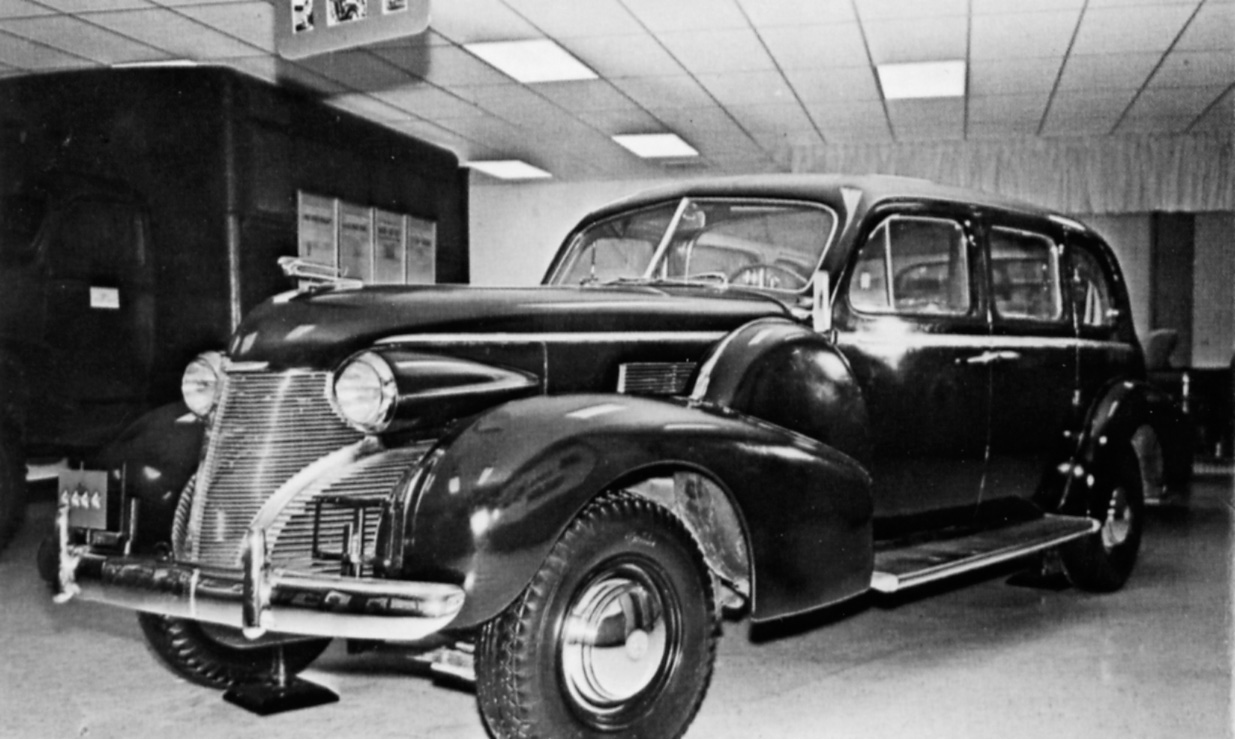
What of the Nazi gold aspect of the story?
In War As I Knew It, the general states, “Gen. [Manton C.] Eddy called up to say that the 90th Division of his corps had captured the German gold reserve at Merkers. I had been burned on so many rumors that I told Eddy not to mention the capture of the gold until we had definitely identified it.”
Later, “Eddy called to say that he had entered the gold reserve vault and found the equivalent of a billion dollars in paper marks, but that the gold, if it existed, was behind a steel door. This I ordered him to blow up. He stated also that he had two members of the Reichsbank in custody.
“The Chief of Staff of the 90th Division let out the news of the capture of the gold, which, as previously stated, I was trying to conceal. In addition to the paper money previously reported, Eddy had found, on blowing the door, some 4,500 gold bricks weighing 35 pounds apiece and alleged to be worth $57,600,000. I immediately telephoned Gen. [Omar N.] Bradley that, owing to the amount of the seizure and the fact that it had been made public, I believed it was now a political rather than a military question and requested that G-4 from SHAEF (Supreme Headquarters Allied Expeditionary Force) be asked to send somebody to take it over.”
Plot or no plot, the general rued the retirement that seemed to be staring him in the face: “It’s hell to be old and passé,” he muttered. The man who told the American press before his firing by Ike that Nazis were just “like Democrats and Republicans in the United States” was even being touted by some as an opposition candidate for the presidency against another famous soldier who was expected to run as well: Eisenhower himself. A Patton for President candidacy most likely would have made retired Air Force General Curtis Lemay’s run for vice president in 1968 look like a polite garden party by comparison.
The man who was also alleged to be keeping former Waffen SS units intact for a future war against the Russians got into more political hot water by asserting, “In my opinion, we never had a better chance of producing another war than we have in Europe now.”
After his relief, he was assigned the job of compiling the military history of the war by interviewing former Battle of the Bulge opponents German Generals Erich Brandenburger and Baron Hasso von Manteuffel. The project was destined to be stillborn, however. The late Farago, although dismissing all plot theories as nonsense, nonetheless explores all the possible culprits with something to gain from an untimely Patton demise and removal from the scene.
Perhaps the greatest and most unexpected tribute to General Patton was provided by none other than his own country’s greatest enemy in the war, Nazi Führer Adolf Hitler, who begrudgingly rasped, “Just look at that crazy cowboy general, driving down into the south and into Brittany along a single road and over a single bridge with an entire army! He doesn’t care about the risk, and acts as if he owns the world. It doesn’t seem possible!” But it was. n
Towson, Maryland, freelancer Blaine Taylor covered a fatal auto accident as an MP in Vietnam, was managing editor of the former Maryland State Medical Journal during 1974-81, and is the author of the 1999 book Mercedes-Benz Parade and Staff Cars of the Third Reich.
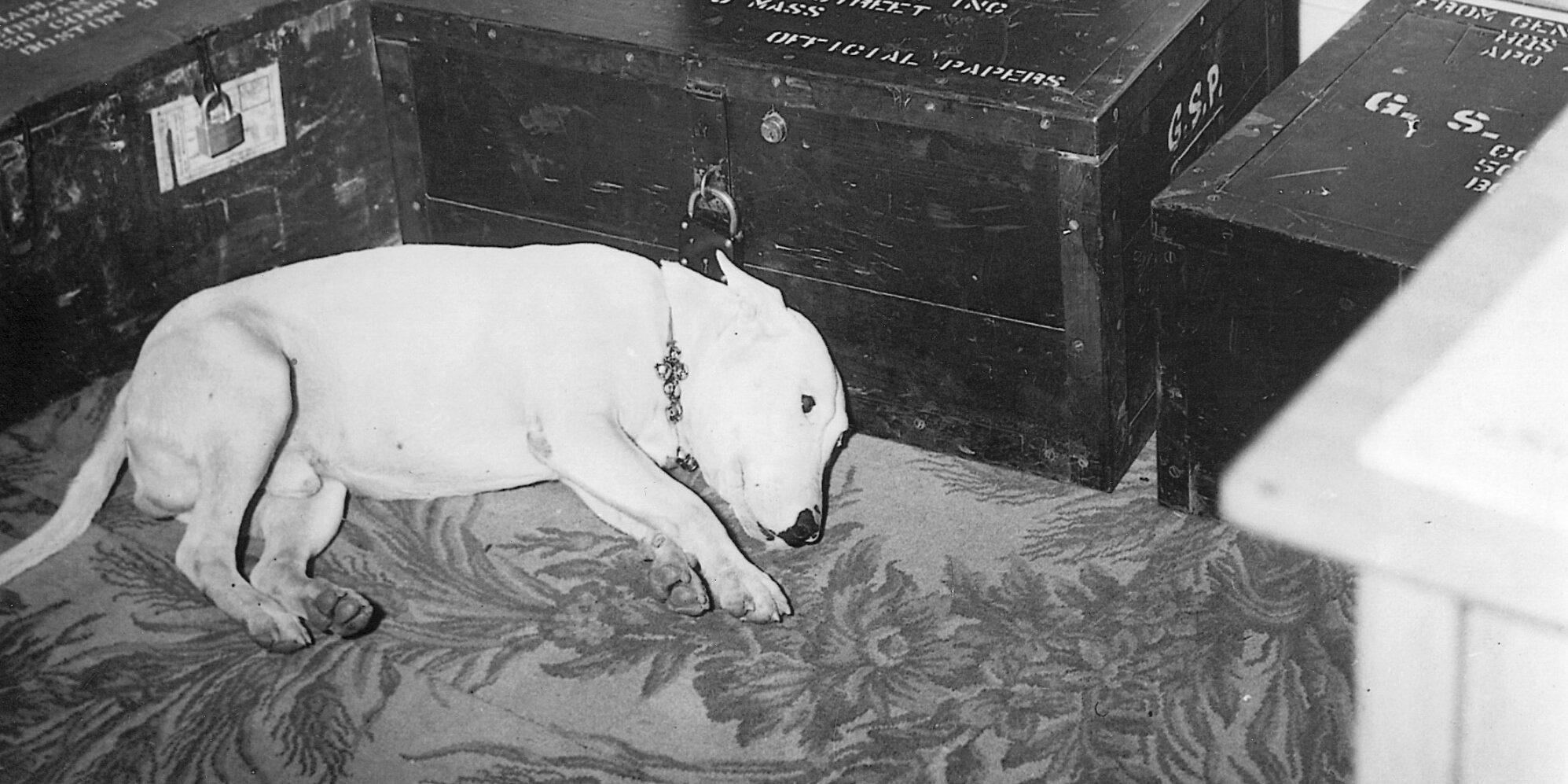
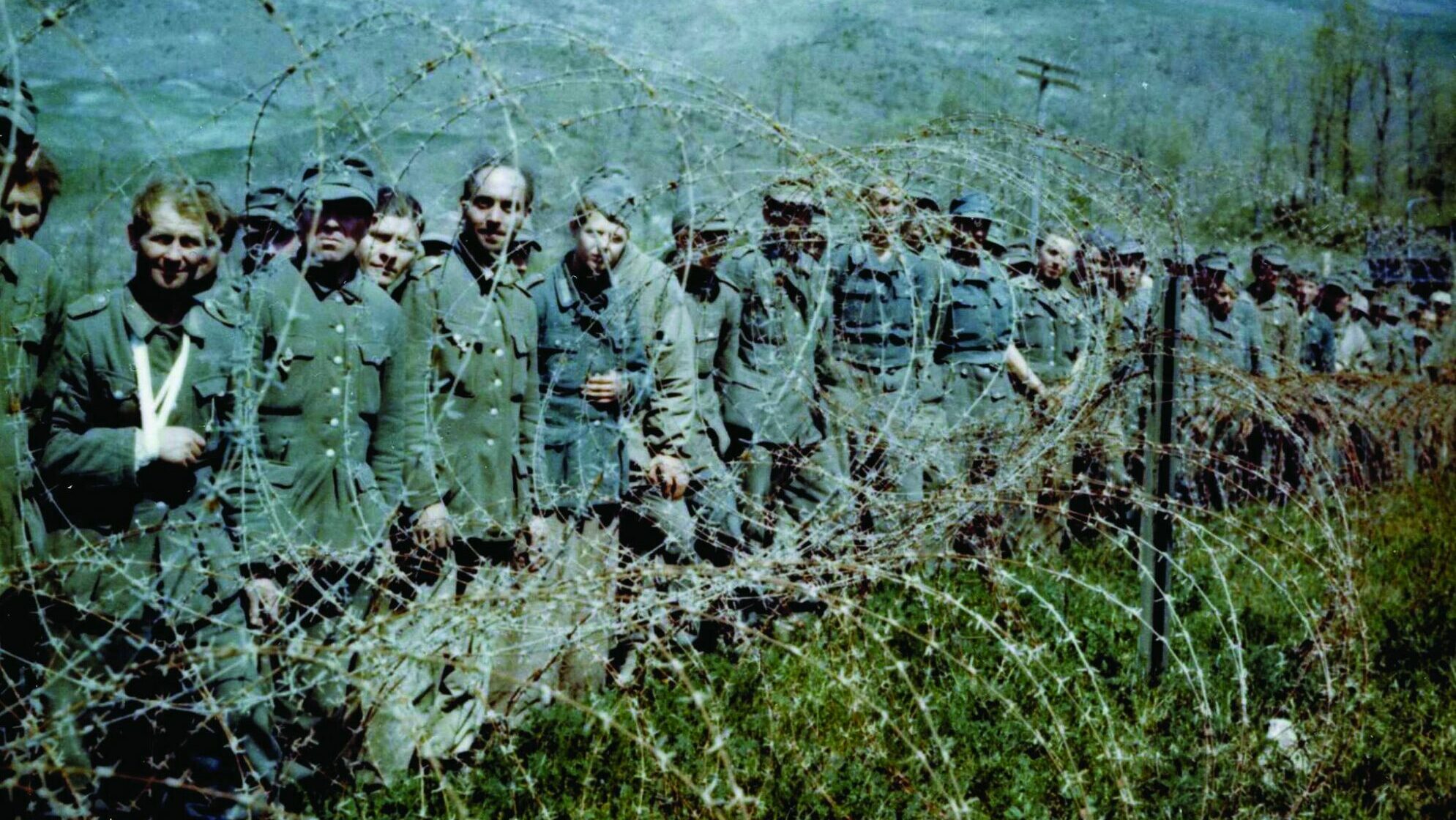
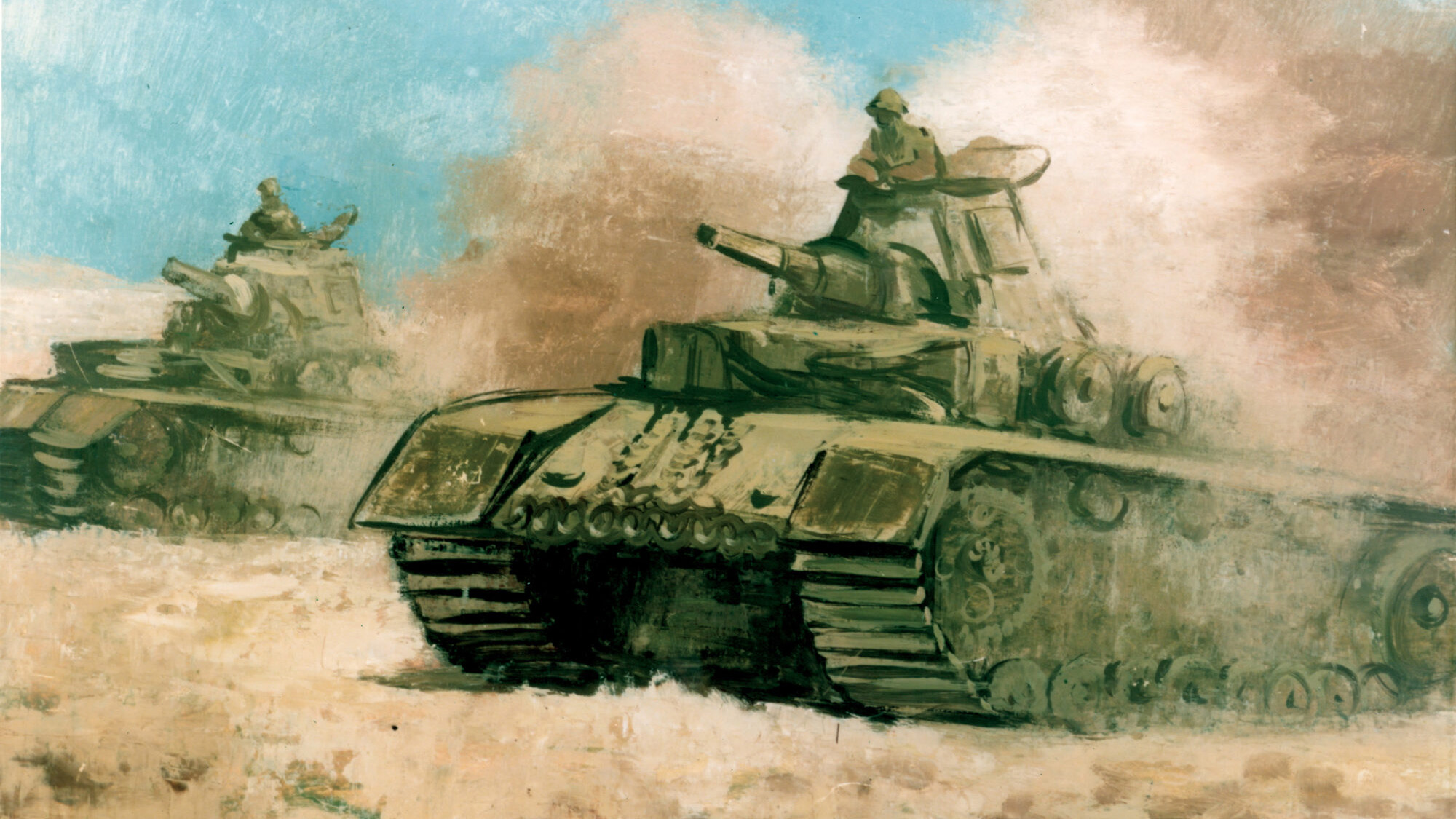
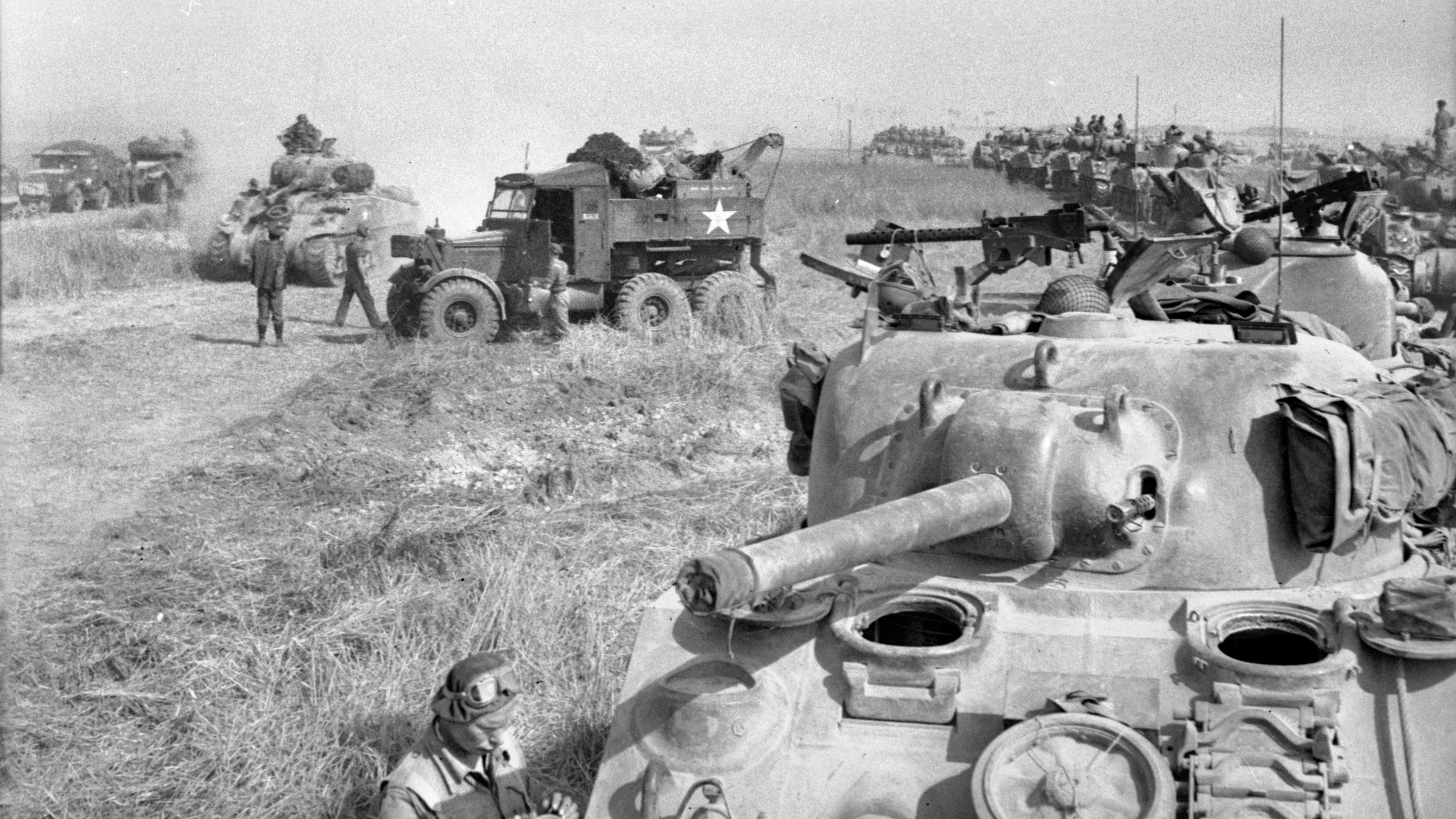

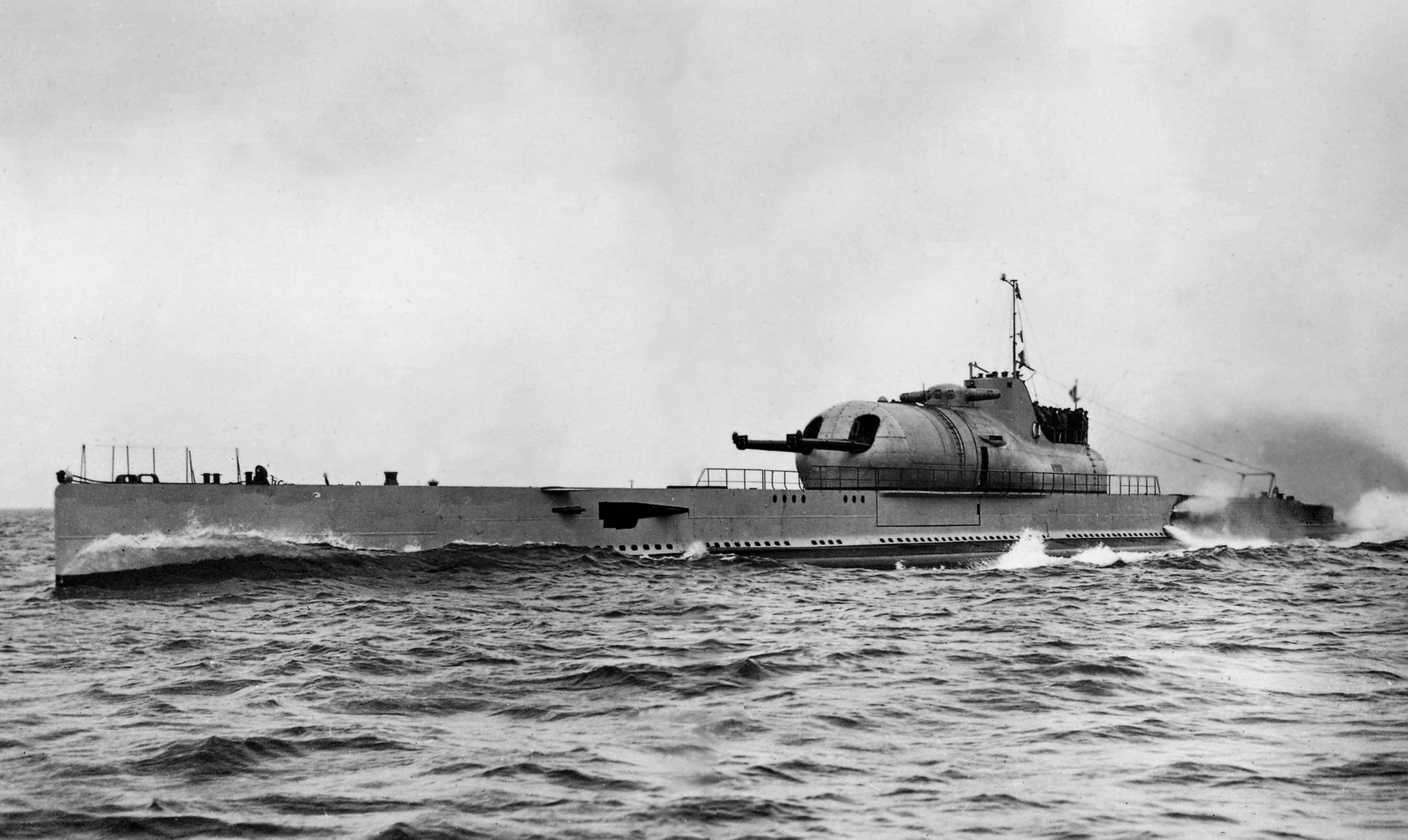
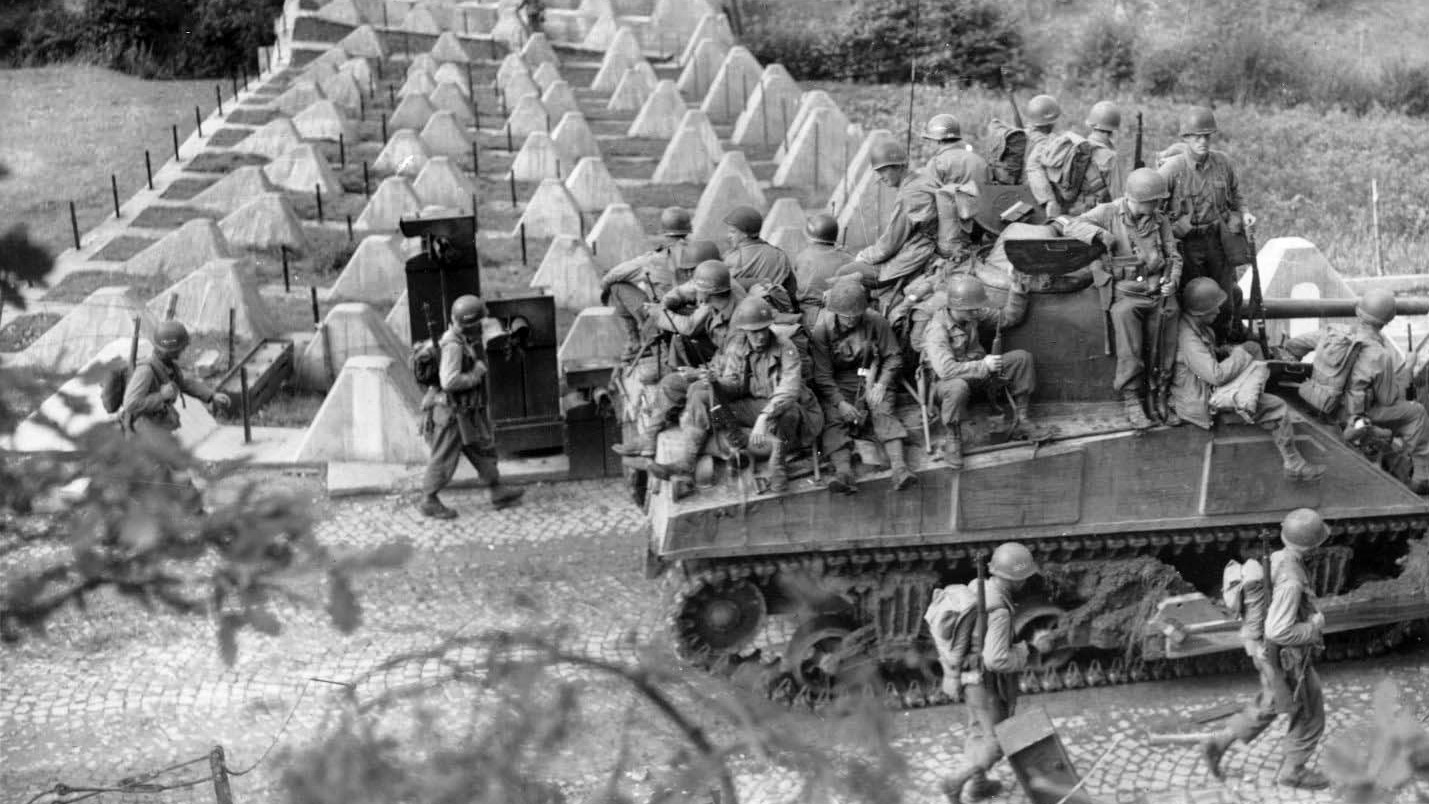
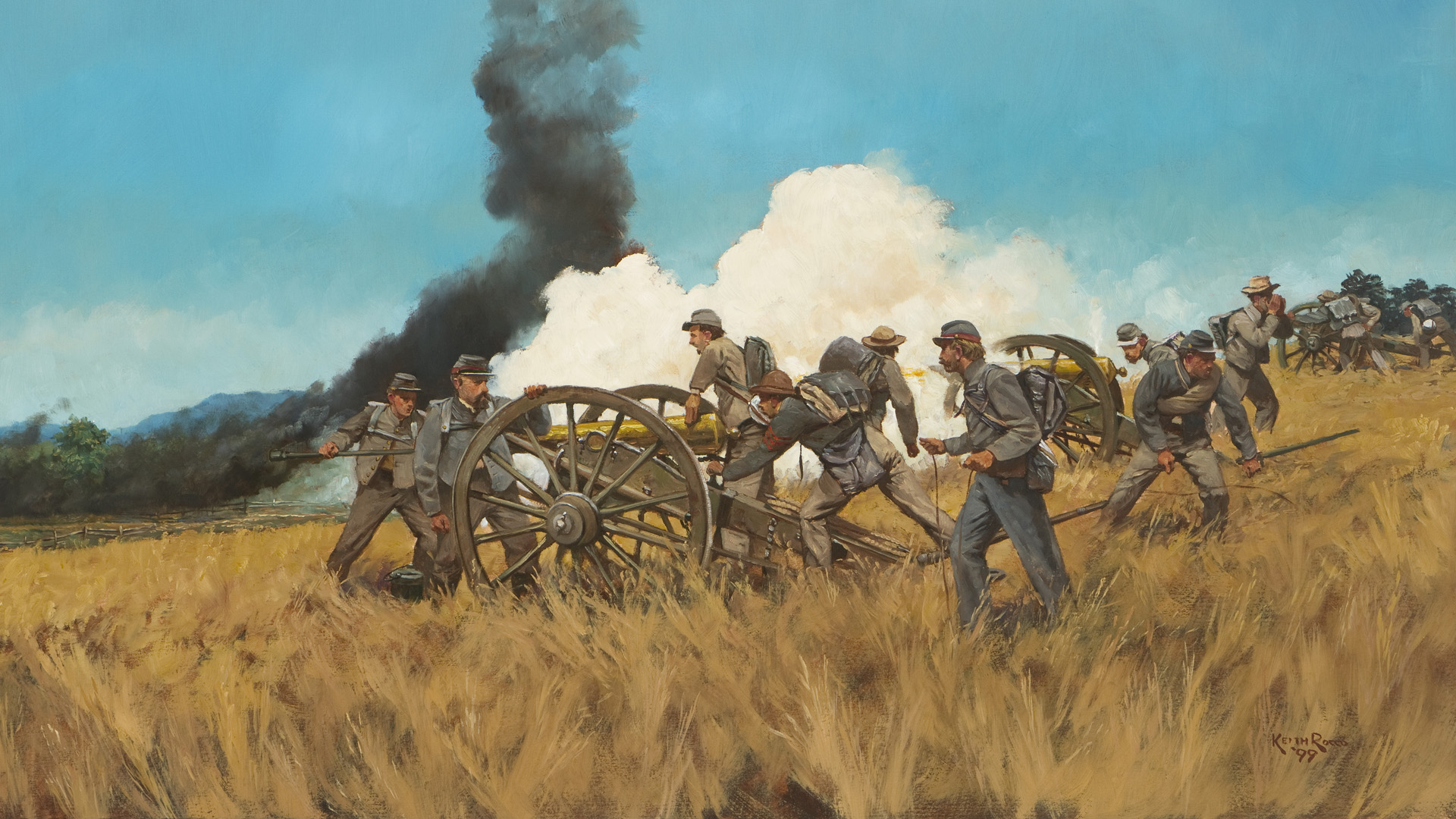
Join The Conversation
Comments
View All Comments